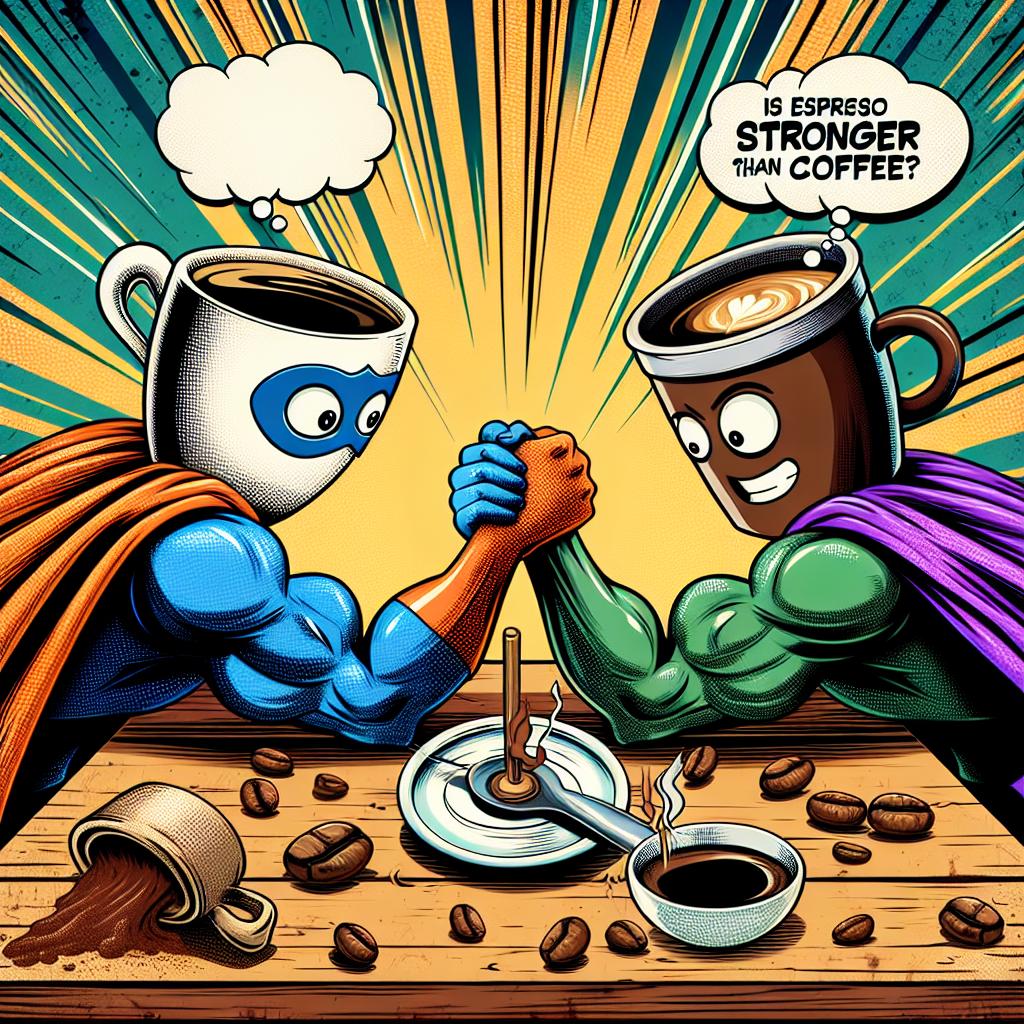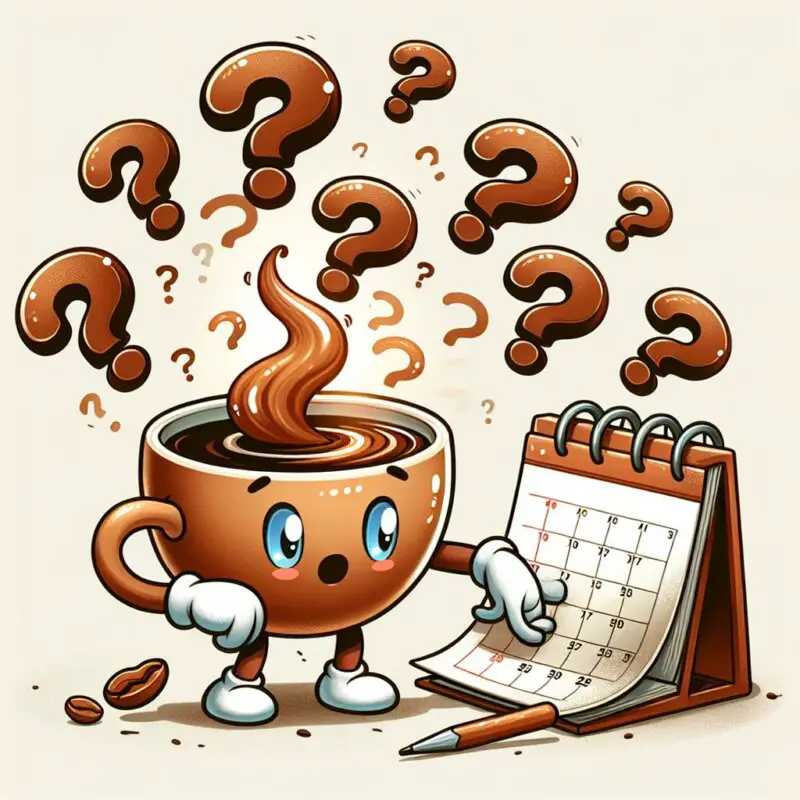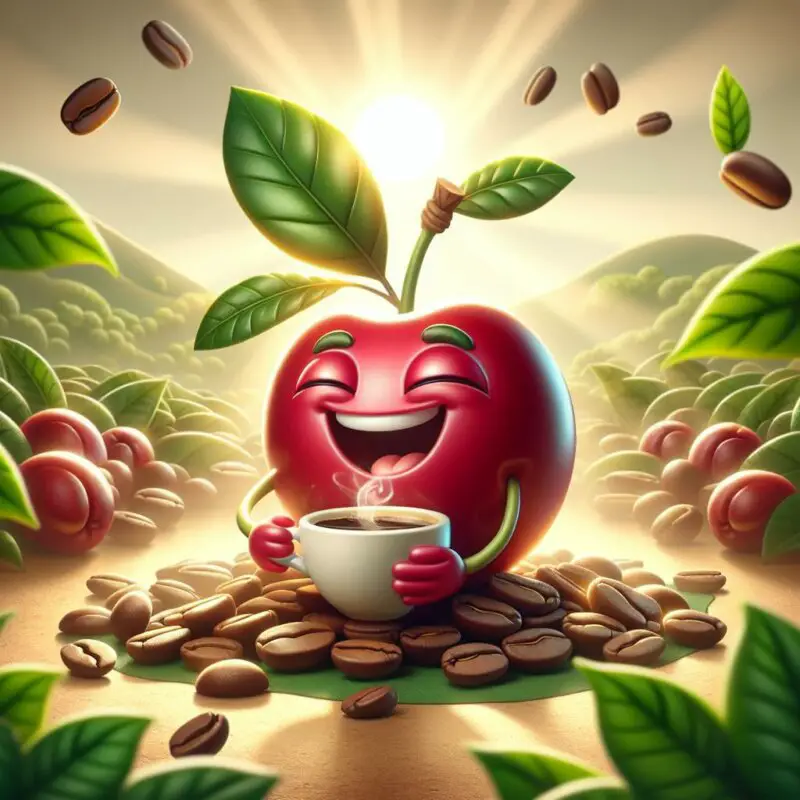This post may contain affiliate links. Please read my disclosure for more info.
Feeling sleepy in the afternoon? Grab a coffee or its bolder, more intense cousin, espresso, for a boost. But is espresso truly more potent than coffee? Let’s find out.
Espresso packs a stronger caffeine punch per ounce compared to regular coffee. However, espresso shots are smaller. So, while an 8-ounce coffee holds around 95 mg of caffeine, a tiny 1-ounce espresso shot contains 63 mg.
In this post, we’ll explore why espresso packs such a punch and compare the strength of your favorite espresso-based drinks, like lattes and cappuccinos, to regular coffee. Dive in to learn more!
Caffeine in Espresso vs Coffee
Popping into a coffee shop for a boost? Deciding between a latte, black coffee, or espresso can be tricky. Sure, you have your favorites, but do you know which one really packs a punch? Check out different coffee drinks to find out.
A regular eight-ounce coffee has about 70 to 140 mg of caffeine, but on average, you’ll find 95 mg in each cup. If you’re looking for a real kick, some high-caffeine coffee brands pack a whopping 400 mg or more per serving!
Interestingly, a single espresso shot has around 63 mg of caffeine. You might find this surprising, given espresso’s reputation for being a stronger brew in both flavor and caffeine content. This all comes down to how much is served.
Did you know a tiny 1-ounce shot of espresso packs 63 mg of caffeine? In comparison, an 8-ounce cup of brewed or instant coffee, even when made strong, only contains about 17.5 mg of caffeine per ounce. That’s a big punch in a small package!
Espresso is like a caffeine shot – quick and potent. Unlike slow-sipping brewed or instant coffee, it gives you a fast caffeine boost. Perfect for when you need energy in a hurry.
Why Is Espresso So Strong?
When you buy espresso, it’s not about a special bean. You can choose any bean, single-origin or blend, to make it. What makes espresso strong is the intense water pressure and very fine grind used in its preparation.
To make espresso, you’ll want an espresso machine. It pushes hot water through fine coffee in a small basket, creating a rich brew.
The machine pushes water through the coffee fast and with a lot of pressure. This makes a strong coffee shot with a creamy foam on top.
Caffeine Content of Espresso Drinks
Dive into the world of lattes and cappuccinos! Surprisingly, they often contain just a couple of espresso shots. Even a large Starbucks venti latte packs only two. That’s why the most potent Starbucks drinks aren’t usually espresso-based.
These drinks mix espresso with lots of milk and sweet syrups, softening its bold flavor and reducing the caffeine kick. While they can still energize you, they typically contain less caffeine than a large drip coffee.
Caffeine Content of Instant Espresso
Discover the perfect blend in instant espresso: easy like regular coffee but with the bold flavor of espresso. Ideal for beginners!
To whip up this bold brew, just treat it like regular instant coffee. The twist? Instant espresso comes from rich espresso beans, not your usual drip coffee.
Did you know some instant espressos really wake you up? Nescafe Gold espresso leads the pack with over 140 mg of caffeine per cup, even more than Starbucks Via (135 mg). Another favorite, Medaglia D’Oro, has nearly 130 mg.
Instant espresso often falls short on the bold taste we love in fresh espresso. While it’s quick for a caffeine fix, it tends to be more diluted, leaving many espresso lovers wanting more from their cup.
Is All That Caffeine Good for You?
Drinking coffee in moderation is safe and even beneficial! It’s packed with antioxidants that boost your health. So, enjoy your daily cup without fear of harm.
Drinking up to 400 mg of caffeine daily is safe for most. That’s like enjoying up to four cups of coffee or six espresso shots each day without worry. Perfect for coffee lovers wanting to keep it healthy!
If you’re lighter than the average 135 pounds, cut down your caffeine by about 6 mg for every pound. Keep in mind, everyone’s different when it comes to caffeine sensitivity. Even a little bit might be too much if you start feeling jittery after just one cup of coffee. Learn more about dealing with coffee jitters.
Drinking over 400 mg of caffeine daily can cause trouble sleeping, feeling anxious, a racing heart, and unease. Plus, the more caffeine you drink, the longer your caffeine buzz lasts. Keep it moderate to stay comfy!
What’s Next?
Dreaming of crafting your own espresso or lattes right at home? It’s totally possible with an affordable espresso machine or a convenient Nespresso pod coffee maker. For those who love a strong caffeine kick, the most potent Nespresso pods pack up to 120 mg of caffeine. Meanwhile, Nespresso Vertuo machines can brew coffee that contains as much as 200 mg of caffeine per cup. Get ready to energize your mornings!
No matter which coffee brewing method you choose, the type of coffee beans you select is equally important. Typically, espresso packs more punch in each ounce, while drip coffee is stronger by the cup. However, you can brew a stronger coffee using any method you prefer.
Now go and get caffeinated.




